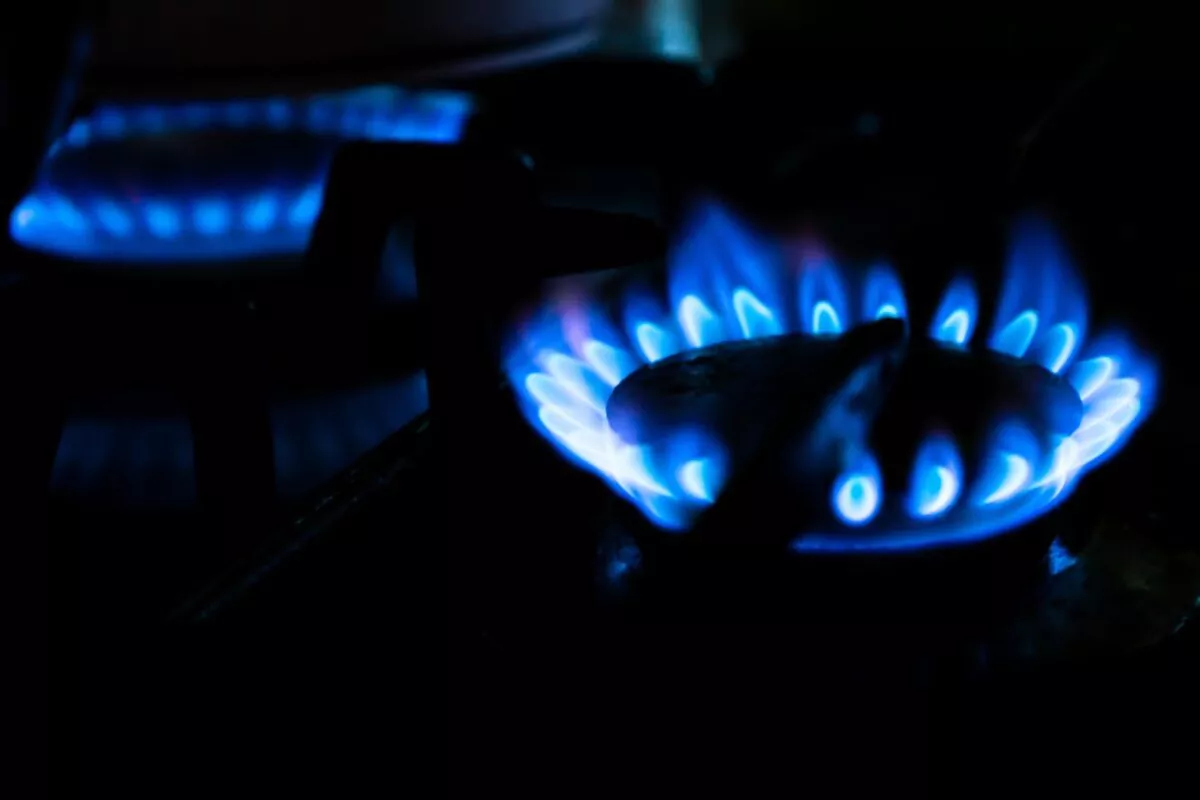Romania’s gas production is now 20% lower than it was four years ago, and the biggest decline is at Petrom, which is extracting 30% less than in 2017, according to a document consulted by Economedia. This is one of the reasons why Romania, the EU’s second-largest gas producer, is currently facing steep energy prices and has ended up importing significant quantities. This is also one reason why the industry has been pushing for offshore legislation for several years now to start extracting gas from the Black Sea.
Urmărește mai jos producțiile video ale Economedia:
- articolul continuă mai jos -
A document obtained by Economedia shows that gas production in Romania has been steady over the past four years. In 2017, total production, taking the October 26 benchmark (just before the end of the injection cycle in storage), was 30.4 million cubic meters per day. In 2021, it was 24 million cubic metres per day, 17% lower.
It is worth noting that in the sector of independent producers, such as Amromco, Serinus Energy or Hunt Oil, the decline is 70%, but they account for no more than 5% of the total quantities extracted in Romania.
On the other hand, for the largest producers in Romania, Romgaz and Petrom, for 2021, 2020, 2019, 2018 and 2017, we see how the decline in production is constant.
Four years ago, Romgaz was producing 15.5 million cubic meters per day and Petrom 13.6 million cubic meters per day. This year, the Romanian company’s production was down to 14.3 million cubic meters per day, while Petrom’s reached 9.6 million cubic meters per day.
Of course, weather influences gas production, but the decline is definite and steady, slower at Romgaz, and steeper at Petrom. This is also reflected in the regular reports that the Austrian-controlled OMV company produces. “The decline in gas production in Romania was mainly due to the natural decline in production from the most important gas fields,” Petrom representatives said, as quoted by Profit.ro, during the presentation of the financial results for the third quarter of 2021. “In terms of gas field development, we see that, in general, onshore activity is declining. There are old fields, from which, although we continue to make more and more investments, the resource is depleting. And generally faster in natural gas than in oil,” Christina Verchere, CEO of OMV Petrom, said recently in an interview for G4Media and Economedia.
Regarding the constant decline in local gas production, Energy Minister Virgil Popescu tells Economedia.ro: “Indeed, we clearly see how production continues to decline year after year, more from one producer, less from another. This can be put down to a brutal adjustment of investments in onshore exploration. We need onshore gas production as a country, investment in this area should continue.”
Overall, Romania’s annual gas consumption is around 12 billion cubic meters per year, of which imports are between 1.5 and 2 billion cubic meters. This year, however, they are expected to exceed 2.5, maybe 3 billion cubic meters, as lower local production coupled with a lower storage fill rate will boost purchases of Russian gas.
Data released Monday evening by Gazprom shows that the Russian company’s exports to Romania have exploded, rising 272.2% in the first 10 months of this year.
And Răzvan Nicolescu, a former energy minister, says the drop in production comes at a very bad time. “The National Agency for Mineral Resources and the operators should explain this drop and the Romanian state should decide whether it still wants the Black Sea resources to be exploited,” he says.
Petrom representatives also drew attention to the situation of gas in the Black Sea, which is trapped underground due to a lack of legislation.
“Given the maturity of gas deposits in Romania, gas from the Black Sea is the solution for securing the country’s gas supply. In the absence of gas from the Black Sea, gas imports are expected to increase to around 50% by 2030,” Petrom officials added, as quoted by Profit.ro.
Offshore legislation is currently blocked in Parliament. The law adopted by the PSD in 2019, under pressure from Liviu Dragnea, was rejected by investors, who complained of a too-high tax regime and bureaucratic barriers. The PNL promised at the time that it would quickly unblock the situation, but once in government the Liberals said they would not amend the offshore law unless they had a majority in Parliament.
Meanwhile, US giant ExxonMobil has announced that it will sell its stake in Romania in the project it is running with OMV Petrom to exploit resources in the Black Sea, precisely because of the offshore legislation.
Romgaz recently reached an agreement with Exxon to take over the US giant’s subsidiary. The deal will be completed in the first quarter of 2022.
Edited for English

 Sursa foto: Unsplash / Junho Kwon
Sursa foto: Unsplash / Junho Kwon





























